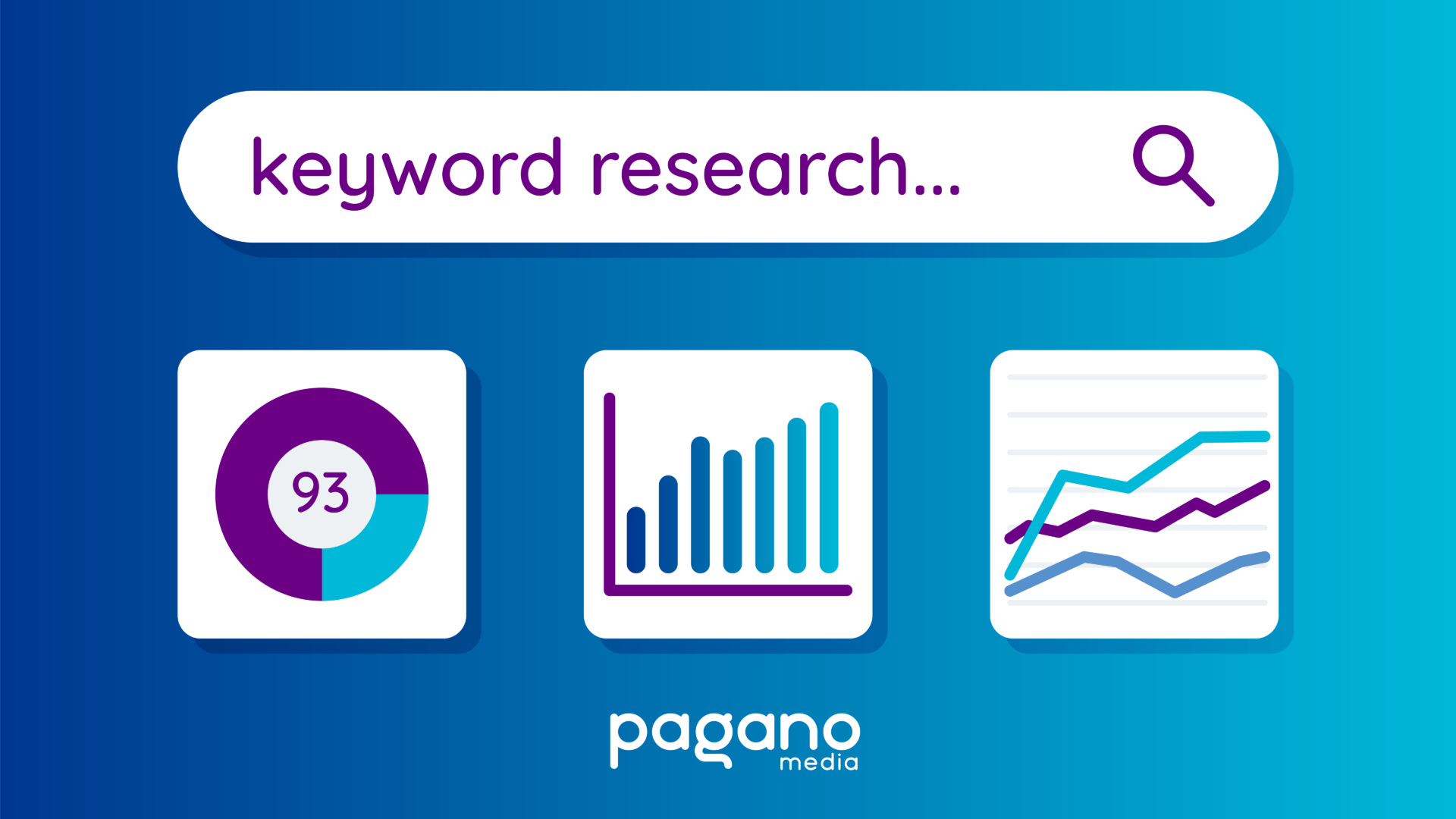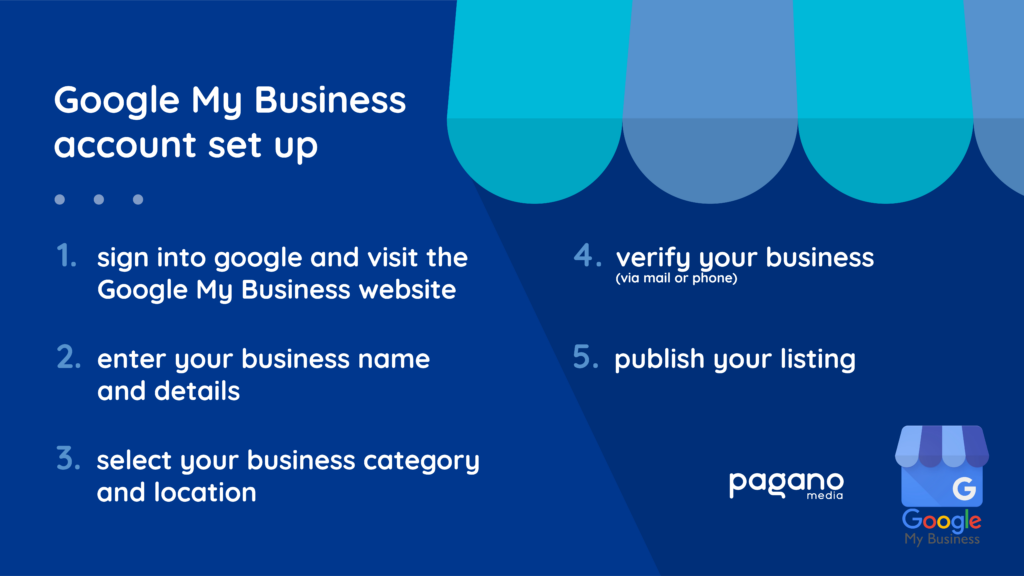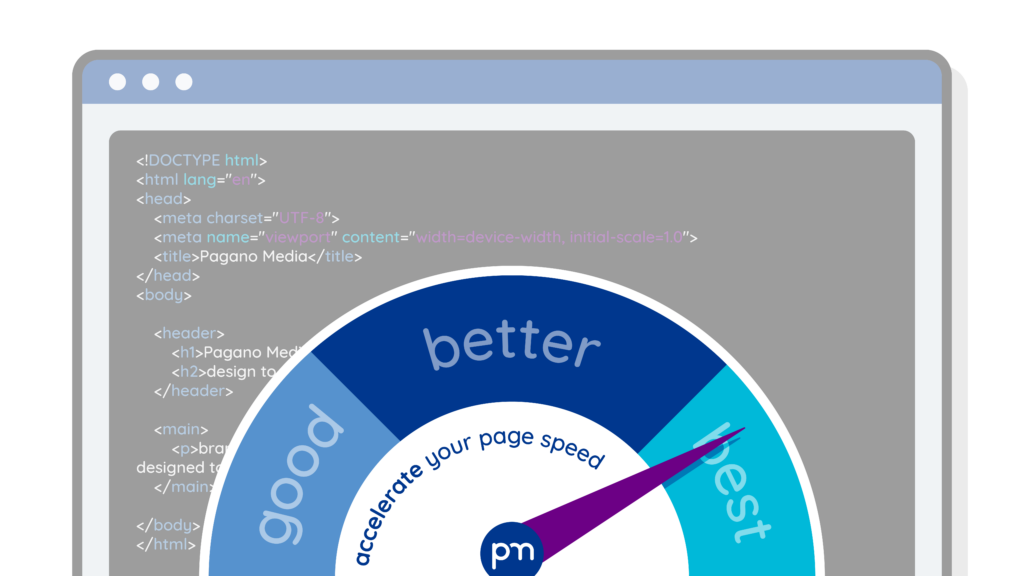How to Improve Your Website SEO Ranking

Implement the steps below to strengthen your website’s search engine optimization (SEO) ranking.
create a high-priority keyword list
Develop a list of keywords that you aim to rank highly for. We recommend focusing on ~25 keywords to start. Once you have time to analyze keyword performance for those 25 words over the course of six months and even one year, you may wish to expand or trim your keyword list. Consider your target audience – what types of keywords are they most likely to use? Think about audience members who may not know your industry’s terminology. How do your customers/clients describe your services? Is that different from how you describe your services? There are paid tools such as SEMRush for keyword research and list curation, however, you may also use Google Search to analyze common keywords for queries. You can also examine your competitors’ search rankings as a benchmark for your own performance. Lastly, make sure that your keyword list includes low-competition keywords that are meaningful and easier to rank for than high-competition keywords.
select a strategic domain / website URL
Your website domain name plays a crucial role in search performance. If there is an existing company name and URL in place, it will be more challenging to make a change. However, if you are starting a new business, think carefully about the business name and the website URL. Incorporate one or two high-priority keywords in your business name and website URL, if possible.
create a google business profile
To maximize how often users find your business in local search results, ensure that your business information in the Google Business Profile is accurate, complete, and engaging. Encourage customers or clients to write a review for your business, since reviews are scanned by Google for search results.

improve website architecture & navigation
Build a proper structure for your website, making it easier for users to navigate and Google to “crawl” or scan. A well-structured website architecture is far more likely to be crawled and indexed favorably by Google. Search engines can better index and display your site’s content with a clear navigation structure and a logical site hierarchy. For example, if your website focuses on consulting services for different industries, there should be a main menu item labeled “Consulting Services” with dropdown menus for the different types of services, such as: dropdown item 1 – Technology Consulting, dropdown item 2 – Healthcare Consulting, and dropdown item 3 – Energy Consulting.
incorporate keywords on your website
When integrating target keywords into page titles and URLs, web page headings, body copy, and file names, it is important to prioritize quality. Google will penalize websites for “keyword stuffing” (using keywords for the sake of boosting page rank instead of accuracy). It is important to use keywords naturally throughout your webpages, when the words relate to the content on display. Once you’ve created core pages on your website, consider creating a blog post centered around a specific keyword. Google scans for new content when surfacing search results, so new blog posts play a key role in refreshing your ranking. When writing a blog, authentic firsthand experience is important. This will help you stand out among AI-written content.
prioritize accessibility
Following the Americans with Disabilities Act (ADA) accessibility guidelines can have a positive impact on search engine optimization. For example, accessibility guidelines recommend adding alternative text to image uploads for screen readers. Alternative image text also helps Google scan your site for search rankings.
Additionally, both digital accessibility and SEO rely on web page content that is navigable and understandable. Search engines prioritize websites that provide clear, concise, and relevant content that is easy to navigate and understand. SEO best practices include using keywords and labels that are straightforward and do not contain jargon. If your website is easy for visitors to navigate, the site will most likely experience a sustained frequency of traffic. Accessibility guidelines similarly place emphasis on ease of use and website structure.
optimize page load speed
Many factors determine page speed, including server quality, file sizes, image compression, and more. Since Google Search puts a premium on page speed, it is a major factor in determining your website’s success. Page speed impacts your search engine rankings, web visitor satisfaction, and ultimately your web conversion rate. In short, the faster your page loads, the higher it will rank in Google search results. On the user experience front, site visitors will be more likely to stay on your website if the pages load quickly, enabling them to swiftly find what they are looking for and complete desired actions. Use Google’s page speed tool to analyze your site’s performance: Google PageSpeed Insights.

incorporate internal links
Google follows internal links (links to other pages on your website) to discover content on websites and to rank this content in search results. By following internal links on your website, Google can determine the relationship between the various pages, posts, and other content. This way, Google finds out which pages of your site cover similar topics. Review your website to determine relationships between pages and identify internal link opportunities. Blog posts are a great area for internal links to your services, product, or about pages.
review meta-title and meta-descriptions
It is important to enter a meta-title and meta-description for every page on your website. The meta-title serves as the page title in search results – the title should encapsulate the main contents of the webpage. The meta-description provides a short summary of a webpage. It appears as a snippet below the page’s URL in Google Search Results. Consider using the plugin “Yoast” which guides you through length and strength of copy.
showcase video
Since Google owns YouTube, Google ranks video highly in search results. Consider hiring a video agency to create a video centered around a high-priority keyword. Interview experts at your organization so that they can share their expertise with your audience or showcase a new product in a product video. Not only is video important for search, it also brings your organization’s mission to life.
monitor results
Here are a few examples of metrics that will help you evaluate your organic SEO efforts:
- Clicks and Impressions (Google Analytics) – review for an increase in clicks and impressions on keyword-driven pages
- Average time on page and the bounce rate (Google Analytics) – review for an increase in time on page and a lower bounce rate on target keyword pages
- Top landing pages attracting organic traffic (Google Analytics) – are the top-performing pages ones that you prioritized in your keyword audit?
- Top keyword searches (Google Search Console) – analyze the current keywords that your site ranks highly for – do these keywords align with your target keyword list?
We can help you tell your story
If you need a top-notch website to inspire and move audiences, say hi to Emma to start the conversation.